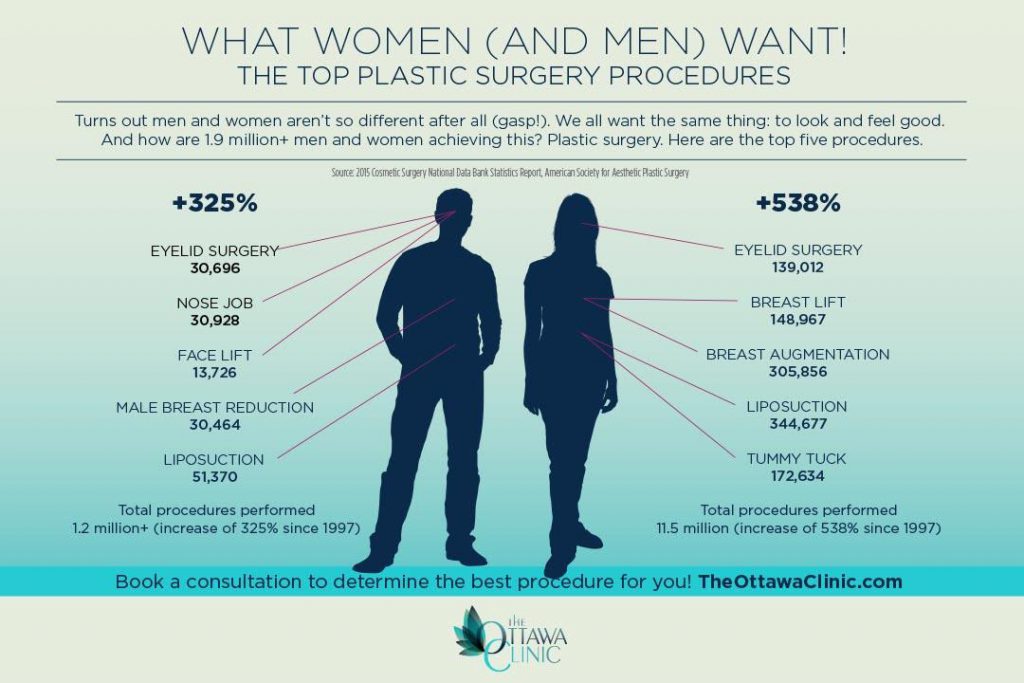Hormonal acne is characterized by blocked pores and oily skin that usually appears on the chin and jawline. It takes place when hormone changes trigger swelling and bacterial overgrowth within hair roots.
Outbreaks might look like whiteheads, blackheads, papules or pustules and cysts or blemishes in more severe cases. It is more common in teens going through adolescence however can impact adults of any type of age.
What Triggers Hormonal Acne?
While acne can be triggered by a range of elements, including using hair and skin care products that aren't oil-free or made with ingredients that could clog pores, genetic predisposition, diet,2 and stress, the root cause is fluctuating hormones. Hormonal acne occurs when the body experiences hormone adjustments and variations that bring about an overflow of sebum, which creates swelling, boosted growth of germs and modifications in skin cell activity.
Hormonal acne is frequently found on the lower jawline, cheeks and neck but can appear anywhere on the body. It is identified by imperfections that are cystic, excruciating and loaded with pus or various other product. It is additionally most likely to take place in females than males, particularly throughout adolescence, the menstrual cycle, pregnancy or menopause.
Age
While many children experience acne at some time throughout adolescence, it can remain to pester grownups well right into their adult years. Known as hormonal acne, this kind of outbreak is connected to changes in hormones and is typically most usual in females.
Hormone acne happens when oil glands create too much sebum, which obstructs pores and catches dead skin cells. This results in the formation of imperfections, such as whiteheads, blackheads and papules, pustules, cysts or blemishes, deep under the surface.
This type of imperfection commonly triggers pain, soreness and swelling. It may additionally be intermittent and appear around the same time every month, such as right before your period begins. This is since levels of women hormonal agents like progesterone and oestrogen rise and fall with each menstrual cycle.
Menstrual Cycle
Hormone acne usually appears in the reduced part of your face, along the jawline and cheeks, as whiteheads, blackheads or inflammatory pimples (pimples and cysts). It's more than likely to appear around the time when your menstruation morpheus8 modifications.
Especially around ovulation, when estrogen and progesterone degrees are on the rise, hormonal agent changes can cause outbreaks. However it's also feasible to get acne at any kind of factor during your 28-day menstruation.
If you discover that your hormonal acne flare right before your duration, try noticing when specifically this occurs and see if it relates to the stages of your 28-day menstruation. This will aid you identify the root causes of your skin problems. For example, you might wish to work on stabilizing your blood sugar and removing high-sugar foods, or think about a prescription drug like spironolactone that can control your hormonal agents.
Maternity
Growing an infant is a time of dramatic hormone changes. For lots of women, this consists of a flare-up of hormonal acne. This sort of breakout typically starts in the first trimester, around week 6. It's triggered by hormone surges that boost sebaceous glands to make even more oil, which can block pores and cause even more bacteria to accumulate.
Breakouts might also happen as a result of pre-existing conditions like polycystic ovary disorder, which can likewise be a problem while pregnant and menopause. Likewise, some kinds of contraceptive pill (such as Ortho Tri-Cyclen and YAZ) can set off hormonal acne in some females.
Thankfully, the majority of acne therapies are "no-go" for expecting females (including prominent acne-fighting active ingredients such as isotretinoin and spironolactone). But if you can't avoid those bothersome bumps, your medical professional may prescribe oral erythromycin or cephalexin, which are secure during pregnancy.
Menopause
As females approach menopause, the estrogen degrees that caused their hormone acne to flare during the age of puberty begin to support and lower. At the same time, however, a spike in androgens (likewise called male hormones) takes place because these hormones can not be exchanged estrogen as efficiently as in the past.
The excess of androgens can set off oil manufacturing by the sebaceous glands, which blocks pores. When the clogged pores ended up being swollen and irritated, a pimple kinds.
Hormonal acne is usually seen on the face, specifically around the chin and jawline, but it can happen on the neck, back, shoulders, or breast. This sort of acne tends to flare in an intermittent pattern, similar to the menstrual cycle. Stress and anxiety, which enhances cortisol and tosses hormonal agents out of equilibrium, also contributes to the outbreaks.
